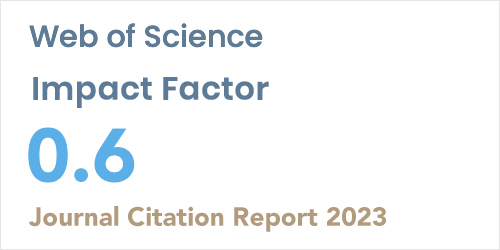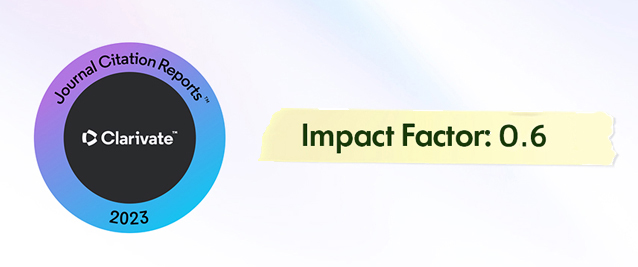2Department of Mechanical Engineering, Bilecik Şeyh Edebali University, Bilecik, Türkiye
Abstract
Resistance spot welded joints of dual-phase steels are subjected to cyclic loads in the automo-tive industry. So, fatigue behavior in the joints is an important issue to consider. This study fo-cused on designing a new fatigue model suitable for real conditions not addressed in existing literature and optimizing welding parameters for resistance spot welded DP1000 steel. Experi-mental and numerical analyses were used to evaluate the fatigue and mechanical performance of the resistance spot welded joints of DP1000 steel. Resistance spot welding applications were performed in different weld currents and constant weld time parameters. The joint samples were subjected to optical and scanning electron microscope image analysis and mechanical testing for tensile shear, hardness, and fatigue. The numerical analysis also simulated nugget formation, tensile shear, fatigue stress formation, and fatigue tests. In addition, fracture pat-terns of fatigue samples were defined by scanning electron microscope and stereo microscope. Also, the fatigue test data were evaluated and modeled as an interpretation of crack initiation and propagation. As a result, weld metal hardness values increased by approximately 100-200 HV compared to the base material at different welding currents. The best load-bearing capacity (16.607 kN) and fatigue life performance (900,000 cycles) were obtained at 8 and 9 kA, respectively. Newly, the fracture occurred at higher cycles in the current study than in the literature. A neutral axis line was formed on the fracture surface due to bending, and it was very close to the outer surface of the sheet. Chevron traces indicating brittle fracture were observed. In addition, experimental and numeric analysis studies were compatible. Fatigue behavior is an important factor in the automotive industry. Current studies show that fatigue behavior increases joint life.














